In different eras, animals need different survival abilities to survive. Once upon a time, huge size and ferocious habits were among the most important characteristics of animals. In ancient times, there existed some of the largest, strongest, and even strangest animals. This article will introduce you to the top ten ancient behemoths, including moa, pliosaurs, great apes, spiral tooth sharks, etc. I hope it will be helpful to you!
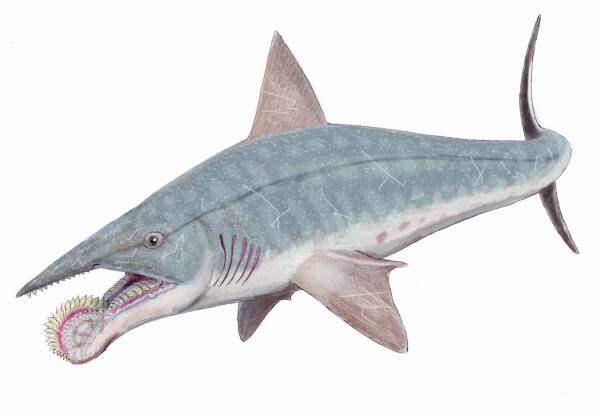
1. Helicoprion shark
Helicoprion is named after the Greek words for "helical" (Helico) and "saw" (Prion). The name refers to its unique tooth structure. These teeth are arranged in a spiral ring from large to small, like a powerful milling cutter, giving people a creepy look. However, the problem lies precisely in these teeth. Since the discovery of Helicoprion, there has been controversy over where its teeth are located on the shark's body. Because neither living sharks nor other vertebrates have been found to have this kind of spiral teeth.
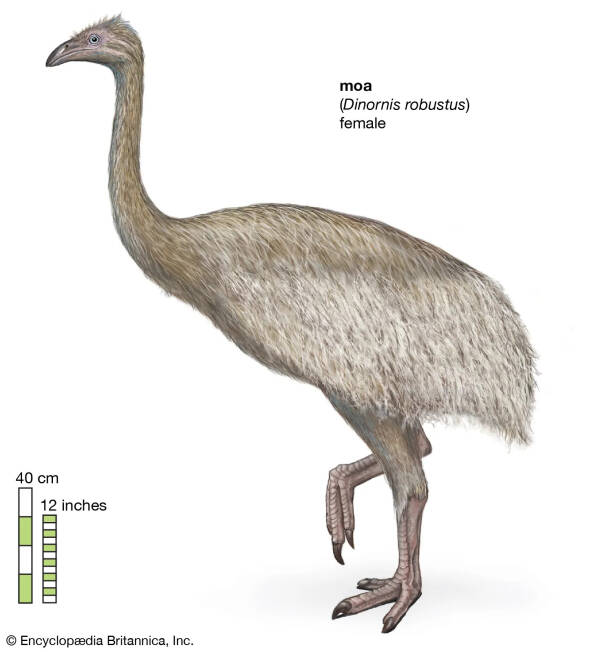
2. Moa
The moa is one of several historically giant non-flying birds in New Zealand. Originally named by the famous British anatomist Owen, its name means "frightening big bird". Based on information recovered from DNA collected in museums, we now know that there are ten species of moa of different sizes, including two giant moa, of which giant moa is the largest, reaching a height of 3 meters, taller than an ostrich. The small moa is only the size of a turkey. Among the giant moa with an average height of about 3 meters, the largest individual is about 3.6 meters tall and weighs about 250 kilograms. About 3 million years ago, the giant moa was considered the world's tallest bird. Although their upper limbs have become vestigial, moas still have fat bodies and stubby lower limbs. However, due to their large size, they are far less capable of running than ostriches.
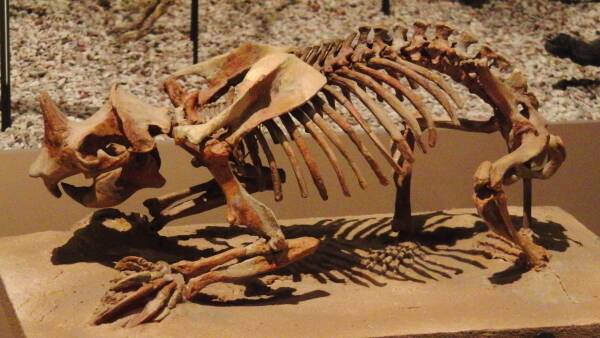
3. Horned Gopher
The horned gopher, also nicknamed the "rodent rhinoceros," is one of the smallest horned mammals. They were rodents with a pair of horns that became extinct about 5 million years ago. Even the smallest animals deserve our attention, and the horned gopher certainly attracts attention. As the smallest horned mammals, they deserve at least our recognition. Scientists originally thought the horns were used as digging tools, but most now agree that they served as defensive weapons.
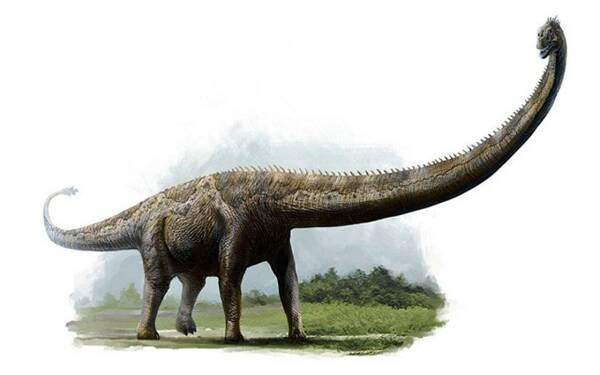
4. Mamenchisaurus
A giant sauropod, one of the largest dinosaurs, has been discovered in China. The fossil was found at the Maming River Ferry in Yibin City. Scientific identification shows that it belongs to the sauropod suborder. This dinosaur has a total length of about 22 meters and a height of nearly 7 meters. Its neck is unusually long, equivalent to half its body length. Not only are each cervical vertebrae very long, but the number of cervical vertebrae is as high as 19, which is the most among sauropods. In addition, its neck is also the longest among all dinosaurs, with the longest neck reaching 12.1 meters. Compared with the cervical spine, it has relatively few dorsal, lumbar and coccygeal vertebrae.
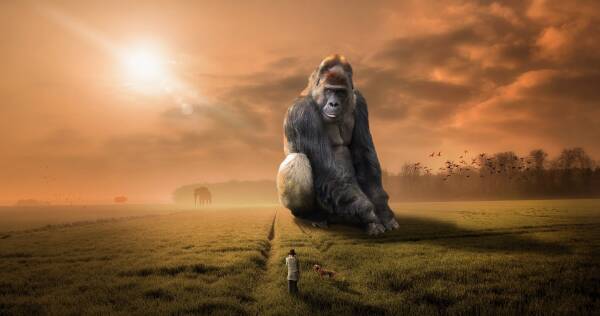
5. Giant ape
Gigantopithecus is an extinct ape that lived in China, India, and Vietnam about 1 million to 300,000 years ago, coexisting in the same geographical location as several hominid species. Fossil records show that Gigantopithecus sternii was the largest ape, standing up to 3 meters tall and weighing about 600 kilograms. This giant ape, which resembles an orangutan and lives on the ground, is likely the largest ape in the world. It is estimated to have weighed more than 200 kilograms, with large molars, thick enamel layers, tall crowns and short cusps. Gigantopithecus is sometimes incorrectly translated as giant ape-man, but it is not classified as a human, so calling it a giant ape-man is inaccurate (although it has been listed as ape-man in some books in the past).

6. Dunkleosteus
Dunkleosteus is a prehistoric fish that lived during the Devonian period of the Paleozoic Era about 360 million to 430 million years ago. It is a huge ancient creature, about 11 meters long, weighing 6 tons, and its bite force can be as high as 5 tons. Dunkleosteus is considered to be the largest predator in the ocean during the Devonian era, and it was also the largest carnivorous bony fish that appeared from the Cambrian to the Devonian period, so it has no natural enemies. It mainly preys on fish and invertebrates, and sometimes even eats its own species. Dunkleosteus has a very strong bite force, capable of crushing sharks in one bite, and can also suck prey into its mouth with the help of suction.
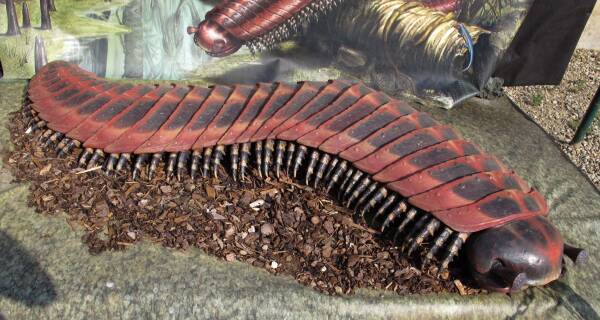
7. Ancient Centipede
Ancient centipedes lived in the Carboniferous period, 300 million years ago. Fortunately, however, they became extinct during the Permian period 300 million years ago. This terrifying creature can reach a length of 8.6 feet (about 2.59 meters) and looks similar to a modern centipede, but it is huge. Thankfully, we don’t suddenly encounter these animals around us now, as they only existed in ancient times. We can rest assured!
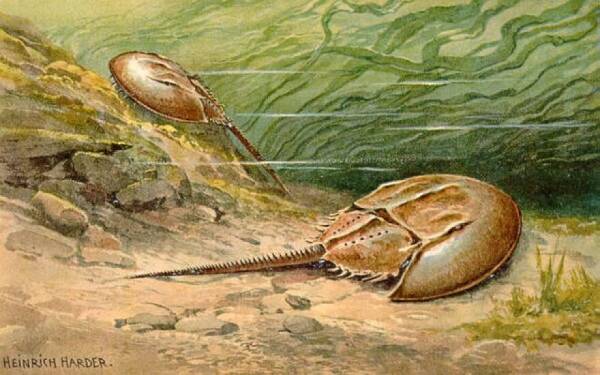
8. Giant feather-winged horseshoe crab
About 450 million years ago, a giant feather-winged horseshoe crab appeared. Its body length is about 2.43 meters! It was the first animal to migrate from water to land and knew how to shed its shell. The animal has strong defenses, covered in spines, claws and armor. They walk on 6 legs, with 2 flat legs at the back, like paddles. They are clumsy once out of water, but can swim some distance underwater. They usually live on the ocean floor, but are also capable of living in fresh water and on land.
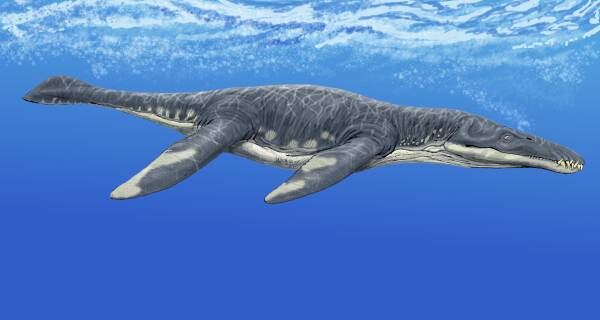
9. Shanglong
Pliosaurs are an extinct marine reptile belonging to the family Pliosauridae that lived in the late Jurassic. This giant predator feeds on fish, squid and other marine reptiles. Before being officially named, they were called "monsters". During the Jurassic era, about 200 million to 145 million years ago, pliosaurs were the apex predators of the oceans. Pliosaurs were the first to be discovered and studied in the family Pliosauridae, thanks to Richard Owen, who named the species Pliosaurus in 1841.
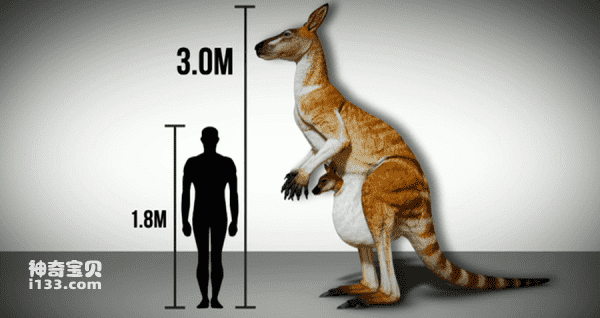
10. Giant short-faced kangaroo
The giant short-faced kangaroo (Procoptodon) is a kangaroo that lived in Australia during the Pleistocene period. P. goliah kangaroo is the largest species, standing about 3 meters tall and weighing 232 kilograms. They have flat faces, forward-facing eyes, and only one toe on each foot, like a horse's hoof. Giant short-faced kangaroos move quickly in forests and plains, feeding mainly on grass and leaves. Their forelimb pads are very special, with two extra-long fingers and large claws. It is speculated that they may use their claws to grasp branches and feed on leaves. The extinction time of giant short-faced kangaroos is about 50,000 years ago, but there is also some information that they may still exist as early as 18,000 years ago.
animal tags:
We created this article in conjunction with AI technology, then made sure it was fact-checked and edited by a Animals Top editor.